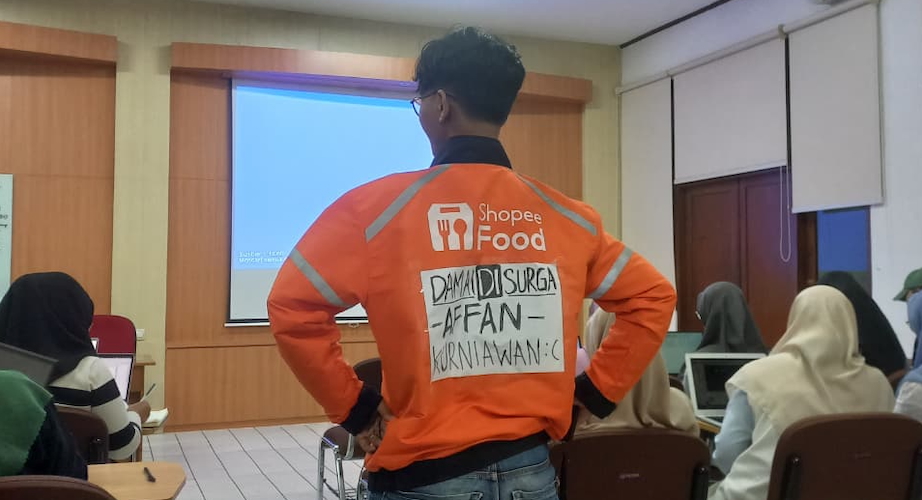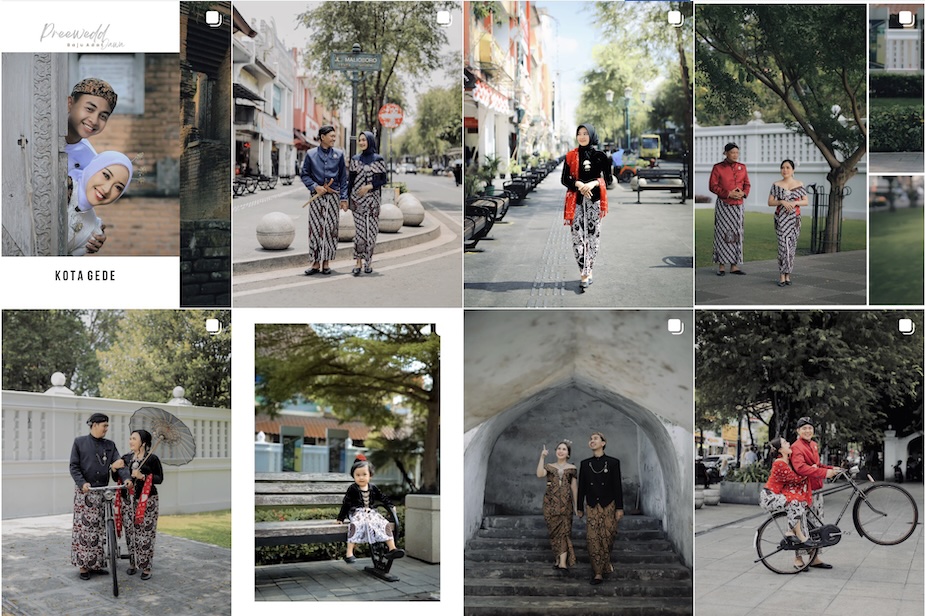As an Indonesian scholar of cinema, I have long reflected on how films shape our understanding of national identity and historical trauma. But some films don’t just stay on the screen or in the classroom - they leave a personal mark, especially when viewed far from their country of origin.
Two politically charged films that stand out in my memory are Rabbit-Proof Fence (2002), which I first watched in Indonesia while teaching Australian Studies at university, and The Act of Killing (2012), which I saw for the first time in Australia when I was pursuing my PhD. Each film is powerful and unsettling in its own way. But watching them outside their homelands - one about Australia in Indonesia, the other about Indonesia in Australia - shaped my responses to them.
A fence in the desert
Set in Western Australia, based on the book by Doris Pilkington Garimara and directed by Phillip Noyce, Rabbit-Proof Fence, tells the true story of three Aboriginal girls - Molly Craig, Daisy Kadibil, and Gracie Cross - who were forcibly taken from their families in 1931 under Australia’s assimilation policies for re-education. Doris, Molly’s daughter, powerfully describes how her mother, her mother’s sister Daisy and their cousin Gracie escaped from the Moore River, a government-funded settlement, in the north of Perth and walked 1600 kilometres across the desert following the rabbit-proof fence to return home to Jigalong, an Aboriginal community.
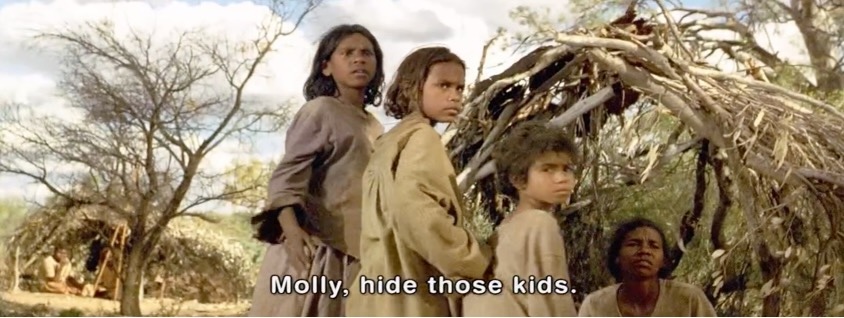
The film’s quiet intensity – its long silences, expansive landscapes and the children’s wordless determination – left a strong impression on me. Though set in another country, its themes resonated deeply with the colonial legacies and postcolonial realities I had seen in Indonesia.
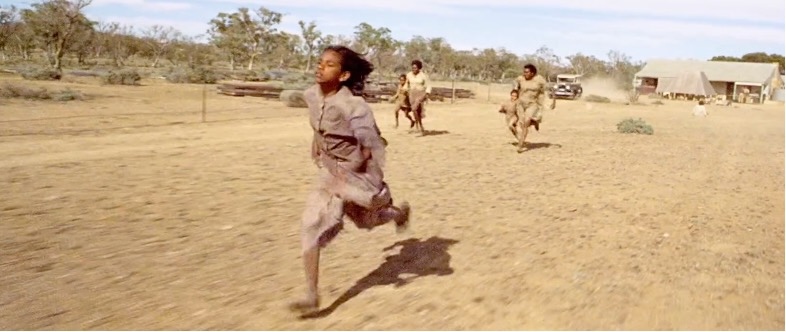
When I screened the film for my Australian Studies class in Indonesia, many of my students were unfamiliar with the history of the Stolen Generations. I paused the film midway to explain how the Australian government had removed thousands of mixed-race Aboriginal children from their families in an effort to ‘absorb’ them into white society. The policy, though now officially condemned, caused intergenerational trauma that is still felt today.
My students were shocked. But as the discussion deepened, something unexpected happened. Many of my Chinese-Indonesian students began drawing connections between the racial discrimination depicted in the film and their own experiences in Indonesia. They spoke of marginalisation, exclusion and growing up in a society that often questioned their belonging. Though the historical contexts differed, the emotional responses were strikingly similar. Watching Molly, Daisy and Gracie struggle through the Australian outback helped them process their own racialised histories.
Two important scenes struck them in particular: firstly, the opening scene depicting the forced removal of the kids from their Jigalong community. It establishes the emotional and political foundation to the story, highlighting the government assimilation policy and the traumatic impact on the Stolen Generations.
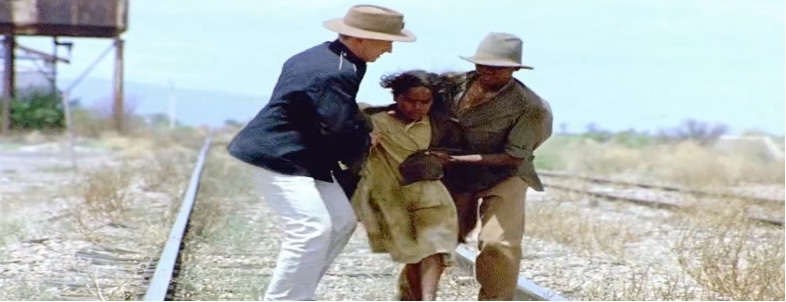
The second scene that resonated was when Gracie is tricked into thinking her mother is waiting in a nearby town, only to be recaptured. This quiet betrayal felt painfully familiar to students who knew what it meant to navigate trust in the face of systemic exclusion.
For a moment, the classroom became more than a lecture hall. It was a shared space of reflection and reckoning - not just with Australia’s past, but with Indonesia’s present.
A mirror abroad
Years later, I sat in a lecture hall at the Australian National University, watching The Act of Killing for the first time. Joshua Oppenheimer’s experimental documentary confronts Indonesia’s mass killings of 1965-66 by following the perpetrators - men who, decades later, remain proud of their crimes. The film invites them to re-enact the killings in the style of their favourite Hollywood genres: gangster films, musicals and Westerns.

The Act of Killing remains one of the most unsettling films I have ever seen.
Watching it in Australia, surrounded by mostly foreign students and academics, I felt exposed in a way I hadn’t anticipated. This was my country’s history - its silence, its wounds - laid bare on screen. But I was encountering it through the eyes of a Western filmmaker, in a foreign academic setting, among people who were mostly outside of the history being shown.
I was overwhelmed - by shame, discomfort, anger and grief.
Other Indonesian scholars, like Intan Paramaditha, have written critically about The Act of Killing’s blend of spectacle and political memory. While her work examines the film’s reception within Indonesia, my own experience abroad opened up a different discomfort: one rooted not only in national shame, but in personal history.
Growing up in Indonesia, the 1965 mass killings were never fully explained to us. They were only whispered about. Even my parents - who lived through the mid-1960s - rarely spoke of them. My father, a surgeon, newly working in a small-town hospital at the time, would occasionally recall how paramilitary groups came to the hospital, demanding access to patients suspected of communist ties. He would tell them, firmly, that his duty as a doctor was to care for the sick - regardless of politics. This quiet act of professional ethics, I later realised, actually put him and his family at serious personal risk.
Hearing his story after watching The Act of Killing made me reframe his silence. Perhaps he wasn’t hiding something; perhaps he was protecting us - from knowledge too heavy to carry without context or clarity.
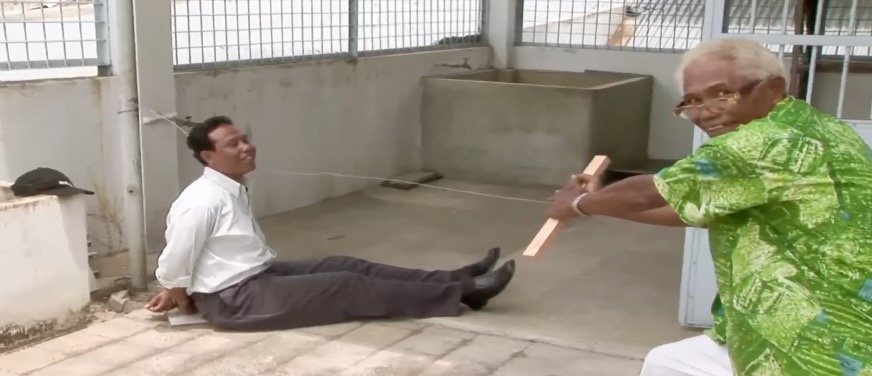
The film’s most disturbing scenes - such as Anwar Congo re-enacting murders on a rooftop where he once killed, or the surreal musical number where victims ‘thank’ their executioners - forced me to confront not just historical facts, but the grotesque pride with which violence is sometimes remembered. In the final scene, when Anwar returns to the killing site and begins to gag - perhaps for the first time reckoning with what he’s done - I felt a strange mixture of catharsis and doubt. Was this remorse? Or just another performance?
From a distance, both physically and emotionally, I could finally engage with a history that had long remained unresolved in my own life.
Between insider and outsider
Looking back, I now realise how these two film viewing experiences mirror each other. I watched Rabbit-Proof Fence - a story of Australian trauma - as an outsider, in my home country. I watched The Act of Killing - a story of Indonesian trauma - as an insider, in a foreign country.
Both times, I was displaced. And that shaped how I responded.
With Rabbit-Proof Fence, I could empathise while maintaining distance. I was moved, but not implicated. With The Act of Killing, I had no distance. It was my country’s story - and in some ways, my family’s.
These experiences also raised questions about authorship and audience. Rabbit-Proof Fence was made by an Australian director, primarily for an Australian audience, though it found international reach. The Act of Killing, by contrast, was made by a Western director with significant input from anonymous Indonesian collaborators - but its primary audience was global, not domestic.
This disparity matters. Cinema is not neutral. Where we sit, when we watch and who we are in that moment shapes what the screen shows us. My experience of viewing the two films speaks for itself.
What we see and what we carry
Films about national trauma aim to reveal forgotten histories and challenge official narratives. But they also force us to ask: Who is telling the story? Who is watching? And how do identity, memory and geography affect what we see?
In Rabbit-Proof Fence, I saw echoes of colonial violence and cultural survival. In The Act of Killing, I saw the weight of silence - and the fragile dignity of those who quietly resisted. Both films moved me deeply, but in very different ways, because of where I was, and who I was, when I watched them.
Cinema can create space for cross-cultural understanding. But it can also reopen wounds. For me, these two films did both. They reminded me that watching is never passive. It is shaped by history, distance and the stories we carry across borders - and generations.
Gaston Soehadi (soehadigaston@gmail.com) teaches Film Studies at Universitas Dinamika Surabaya.








